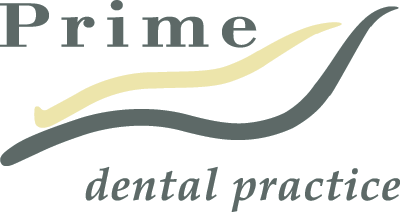Periodontal disease is an infection of the gums and the bone that surrounds the teeth.
In advanced disease, the teeth themselves will be affected. The primary cause of these infections is the sticky accumulation of bacteria called plaque. Millions of people have some type of periodontal disease but are unaware that they have a problem. Periodontal disease is often painless and may be asymptomatic throughout its early stages.
Periodontal disease can be divided into two main stages:
- Gingivitis—a superficial infection of the gum.
- Periodontitis—a more advanced infection that involves the surrounding bone.
Plaque forms continuously, so it must be removed everyday with regular brushing and flossing. If plaque is allowed to build up, tartar or calculus forms, which cannot be removed by brushing and flossing. The bacteria that cause periodontal disease thrive in the calculus deposits. The bacteria’s waste products are toxic. The combined effects of these toxins and the body’s immune response to them will begin to destroy the bone which surrounds the teeth.
Gingivitis can sometimes be recognised by red or puffy gums which may bleed when brushing or flossing. Bad breath or halitosis and a sour taste in the mouth are also common symptoms.
When the infection moves from the gum to the underlying bone, the problem has advanced to periodontitis. In this stage, the bone that supports the teeth is beginning to recede and once this bone is lost it will not grow back.
Periodontitis can be characterised (in addition to the signs associated with gingivitis) by receding gums, spaces opening between teeth, discomfort in the gums and loosening of the teeth. Gum recession is never normal and can expose the root, making it more vulnerable to decay. Loosening of one or more teeth is almost always a sign of severe bone loss. Spaces occur when the gums and underlying bone have receded and is typically a sign of an advanced problem.

